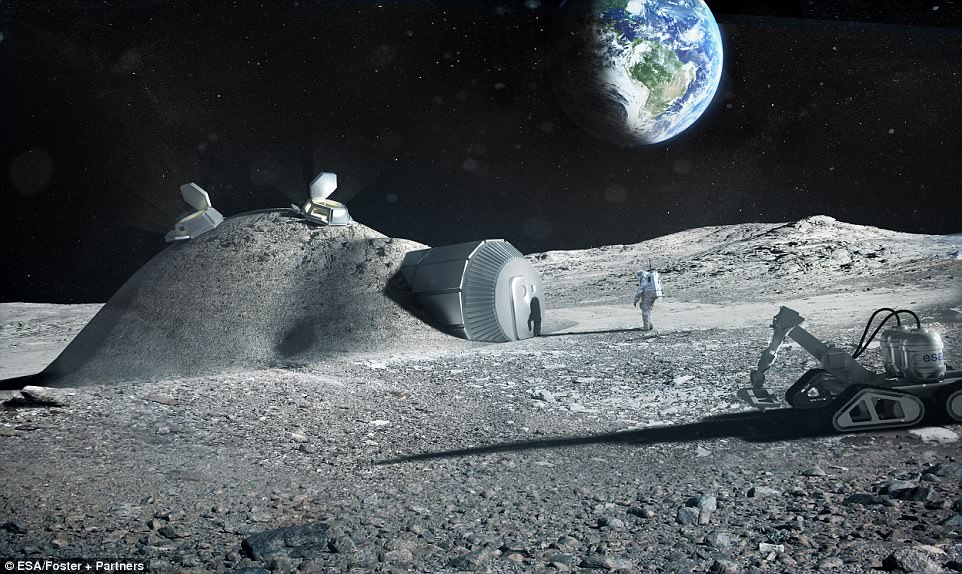In June 2022, scientists collaborating with the United States’ space agency, NASA, announced their discovery of a shaded location inside one of the lunar craters containing caves with a moderate temperature of 17 degrees Celsius.
This breakthrough opens the door to promising future applications.
To reach these findings, which were published in the journal “Geophysical Research Letters,” the research team used NASA’s Lunar Reconnaissance Orbiter’s reconnaissance camera to capture images of the “Marius Hills” lunar region three times and studied the data it provided.
Temperatures on the moon generally range from around 127 degrees Celsius during the day to a frigid -173 degrees Celsius at night. This makes lunar caves a significant opportunity for countries planning to build stations on the moon.
China is one of these countries and recently announced that its space agency is studying lunar caves in the regions of the Sea of Tranquility and the Sea of Fertility for the purpose of constructing stations within the rock formations of lunar craters.
These caves are lava tubes that were formed by lunar volcanic activity billions of years ago.
Once the volcanoes completely cooled, these tubes were left hollow and extend for hundreds of meters, with a width that can reach up to 500 meters.
This presents an excellent opportunity for engineers designing future moon stations, as these caves not only offer moderate temperatures but also protect from solar winds since the moon lacks a magnetic field like Earth and from meteorite impacts.
At a conference held in China in 2022, Zhang Zhongfeng from the Shanghai Academy of Spaceflight Technology presented a study on the composition of lunar lava tubes, demonstrating their potential use for future lunar station construction.

Promising Project:
In April, Chinese media reported that the country plans to begin building a lunar base within five years and aims to obtain resources from lunar soil to reduce transportation costs from Earth.
Currently, more than 100 Chinese scientists, researchers, and space contractors are working on a robot designed to build bricks from lunar soil.
This robot will be launched during China’s Chang’e-8 mission in 2028 to test its capabilities. China had previously retrieved lunar soil samples during its Chang’e-5 mission in 2020.
The Chinese lunar exploration program, also known as the “Chang’e Project,” began in 2007 with the launch of the Chang’e-1 mission.
The program involves gradually building lunar expertise, starting with successful orbital missions and then developing lunar landing and rover vehicles.
Following that are successful missions to collect lunar samples, and currently, the program has entered a new phase involving the development of robots that will work on the moon to assist in building a permanent lunar station. This may be completed by around 2035.
Research related to lunar caves is currently at its peak, with China and the United States competing in the ongoing space race.

